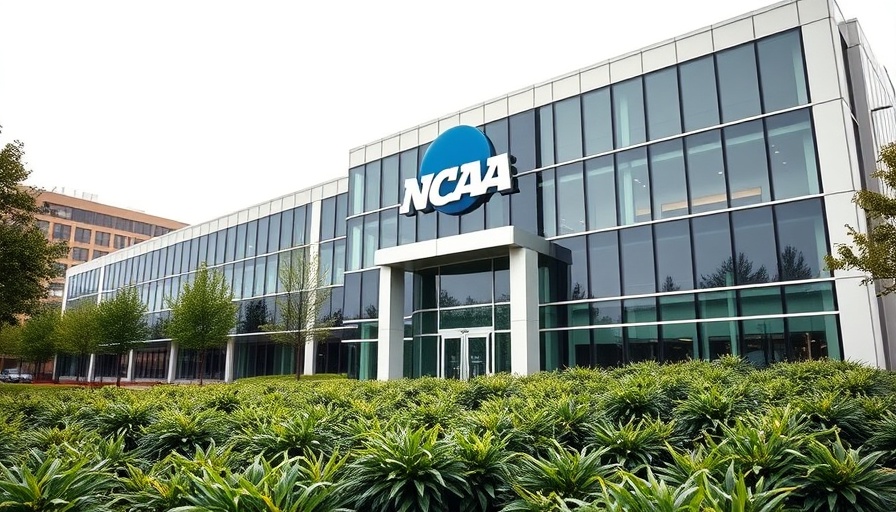
The Major Shift in College Sports: What Does It Mean?
In a groundbreaking decision, a federal judge has approved a $2.8 billion settlement that signifies a monumental shift in the landscape of college athletics. This ruling permits colleges to start paying their athletes millions, dismantling the long-standing amateur model that has governed college sports for over a century. This change is not just about money; it reflects a fundamental transformation in how we view college athletes and the immense value they bring to their respective programs.
Understanding the Settlement: What it Entails
The House settlement, which follows nearly five years of legal battles, allows each college to distribute up to $20.5 million to its athletes within the next year. Moreover, it promises $2.7 billion for thousands of former players who were previously denied opportunities to share in the wealth generated by college sports. This ruling will impact nearly 500,000 college athletes across 1,100 NCAA member schools.
Why the Amateur Model is No Longer Feasible
The amateur ideal of college sports has come under scrutiny, especially as revenues from college basketball and football have skyrocketed. Players, who have historically been seen as amateurs, are the main drivers of this multibillion-dollar industry. Now, with the approval of this settlement, schools must adapt to the new reality that compensating athletes is not only fair but crucial for the sustainability of their programs.
Potential Risks and Challenges Ahead
While this settlement opens the door for positive changes, it also presents challenges. The professionalization of college sports may lead to recruiting wars and financial strains for institutions. Additionally, there is concern regarding the impact on walk-on athletes, who might see reduced opportunities as programs adjust to new financial responsibilities.
Looking to the Future: Insights on College Athletics
As we step into this new era of college athletics, it’s clear that the changes will vary across institutions. The power dynamic has shifted towards the major conferences, which will have more decision-making autonomy moving forward. This new framework not only affects athletes’ financial prospects but also reshapes the competitive landscape, paving the way for a distinct path for aspiring athletes aiming for professional careers in sports.
As stakeholders in college sports, fans, institutions, and athletes alike must adapt to this evolving scenario. The focus must now be on how to negotiate this change effectively, ensuring that the benefits of this settlement enhance the athletes' experience while maintaining the integrity of college sports.
Despite the uncertainties, one thing is clear: the landscape of college athletics is forever altered, leading to new opportunities and challenges for everyone involved. As we navigate this new direction, the emphasis will be on fairness, equity, and the future of athletic talent in America.
 Add Row
Add Row  Add
Add 




Write A Comment